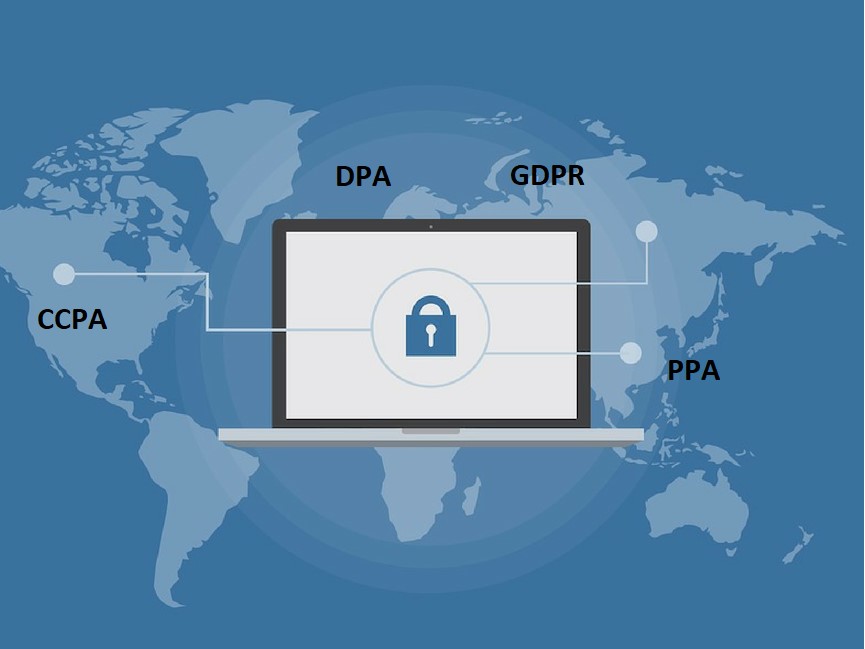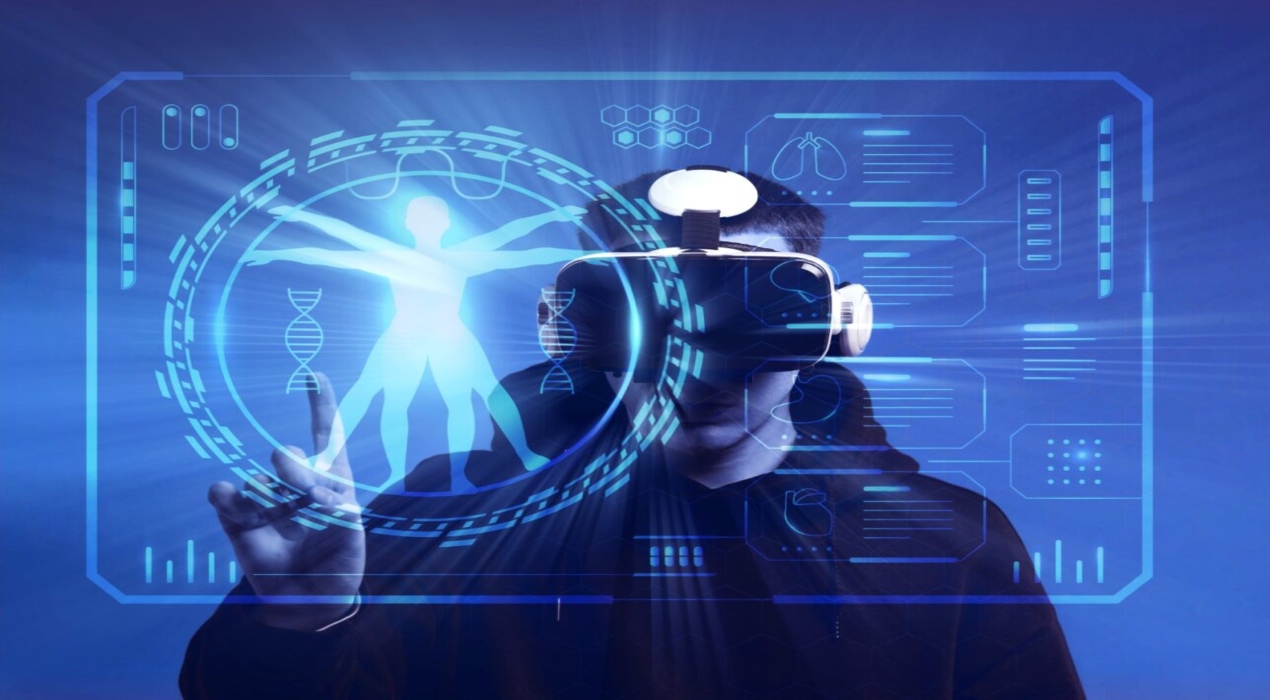
Data privacy and protection are increasingly capturing the attention of business leaders, citizens, law enforcement agencies and governments. Data regulations, whose reach used to be limited to heavily regulated industries such as banking, insurance, healthcare or life sciences are now burgeoning across countries and apply to any business no matter its size or industry, highlighting the importance of a concept called data sovereignty. Data sovereignty refers to legislation that covers information that is subject to the laws of the country in which the information is located or stored. It impacts the protection of data and is affected by governmental regulations for data privacy, data storage, data processing, and data transfers across country boundaries. These laws are emerging as a key impediment to cloud-based storage of data, and they need to be fully understood and considered when information is created in one country but then moved to another country for analytics or processing. Data sovereignty regulations address multi-dimensional challenges across multiple subject areas (customer, employee, citizen, prospect, visitor, job seeker, vendor), emerging data types (internet of things, log files, biometrics), diverse jurisdictions and rapidly changing laws.





















